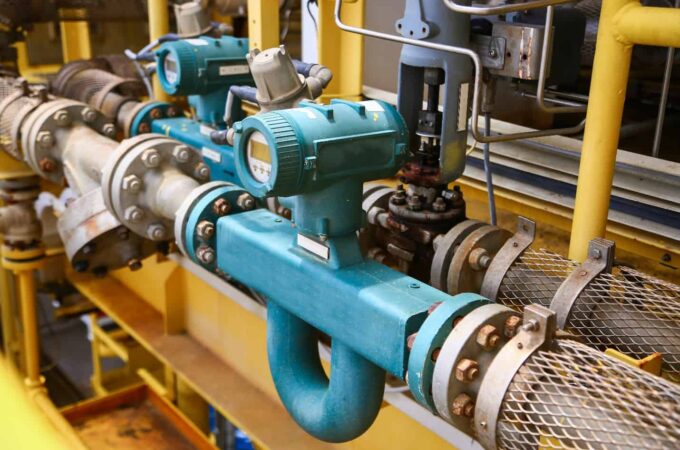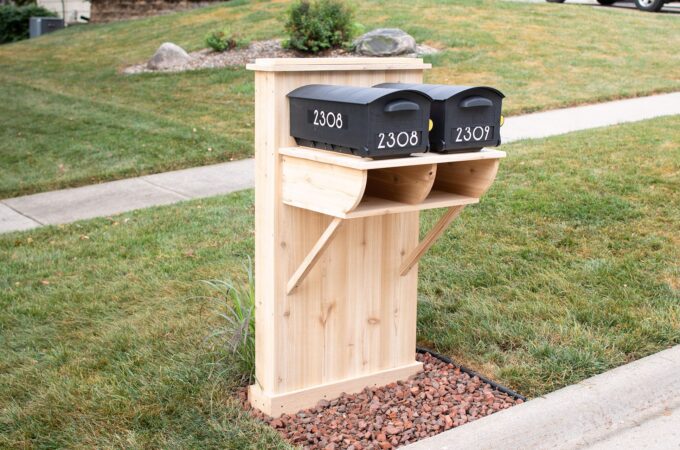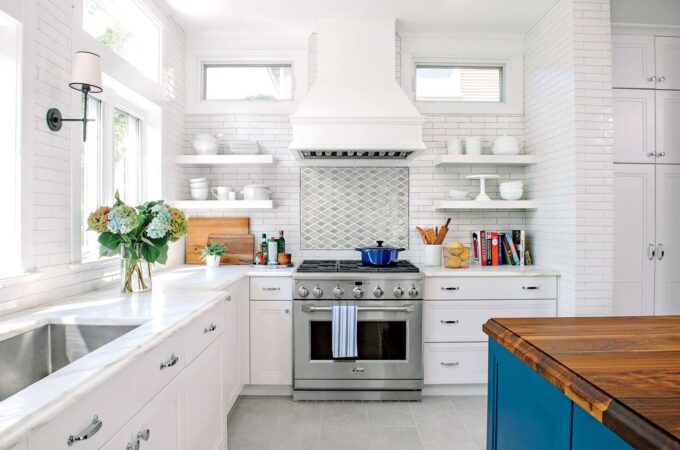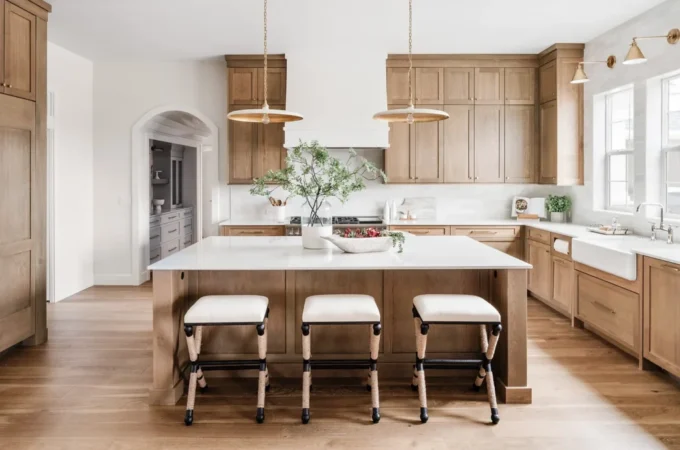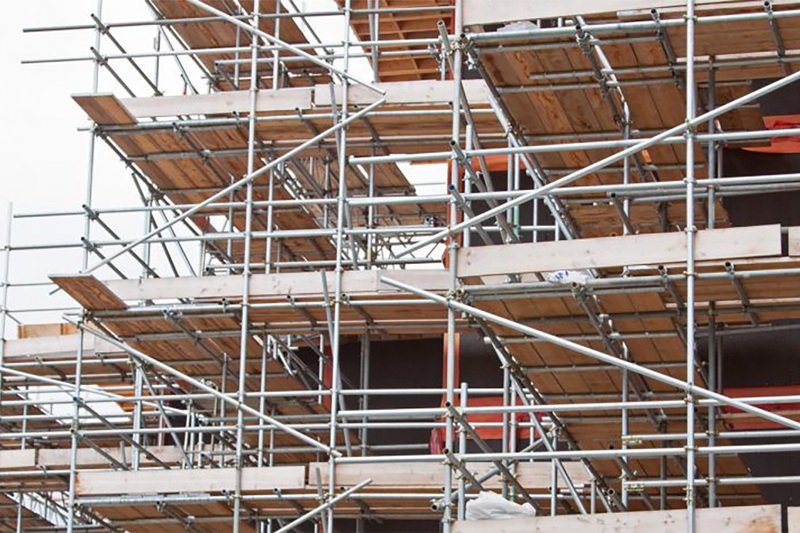
Common Scaffolding Types and Its Benefits
If you visit any construction or structural repair site, there’s one thing that is almost always present, and that’s scaffoldings. In general, scaffolding allows for greater levels of safety and increases worker productivity. And yet, there are different kinds of scaffolding that are being used today. In this article, you will learn about the common types of scaffolding, and it’s respective advantages.
Single Scaffolding
This is perhaps the simplest form, and it’s often called the Brick Layer’s Scaffolding. As the name suggests, this type of scaffolding makes use of a single framework of putlogs, ledgers, and standards that is usually temporarily put-up in parallel to a wall. Generally, bamboo or timber is used for the standards.
Single scaffolding has the advantage of being affordable and can easily be moved from one location to another.
Double Scaffolding

Double scaffolding is also known as mason’s scaffolding. The main difference between doubles scaffolding from the single type is it uses two rows of standards. As a result, the scaffolding is stronger and more stable than the single scaffolding.
Steel scaffolding
Steel scaffolding may look like a single or double scaffolding. The differentiating trait is that this type of scaffolding replaces the bamboo parts or timber with steel. Most of the components use hollow tubes, which is why it’s also called tubular scaffolding.
While this type of scaffolding may be on the expensive side, it’s very sturdy, stable, and strong. Thus, it’s a suitable choice for greater heights. It can be used multiple times, which makes it cost-effective in the long run.
Cantilever scaffolding
Also known as needle scaffolding due to the needle-looking structures coming from the wall, which in turn supports the scaffolding. The cantilever scaffolding can be in single or double.
Cantilever scaffolding works really well if there’s no firm ground that can be used to support the scaffolding. It’s the scaffolding type that’s used for greater heights on a multi-storied structure.
Suspended scaffolding

This type of scaffolding makes use of a working platform that is suspended above the ground and typically lowered from a roof or window. This type of scaffolding is best used for maintenance, such as window cleaning and painting jobs.
Trestle scaffolding
Trestle scaffolding doesn’t use putlogs or standards. Instead, the scaffolding is typically supported on two or more movable ladders. In between the ladders is where the working platform is placed.
Because of its simplicity and superior mobility, trestle scaffolding is commonly used for low-height minor repairs and painting jobs.
Closing Thoughts
Keep in mind that the list mentioned above is just the tip of the iceberg. When it comes to scaffolding options, the choices are plentiful to the point that it can easily confuse most people. One of the reasons why there are plenty of scaffolding variations is that most alterations will have a specialty designed to work a lot better in a specific situation.
So which one is better for your job requirements? Because of the many factors that need to be considered, the best answer is to ask a professional. Thankfully, you can always consult with WSCL Ltd. for any questions related to scaffolding in Southampton area. In fact, why don’t you contact them right now and get a free quote or quick consultation.

